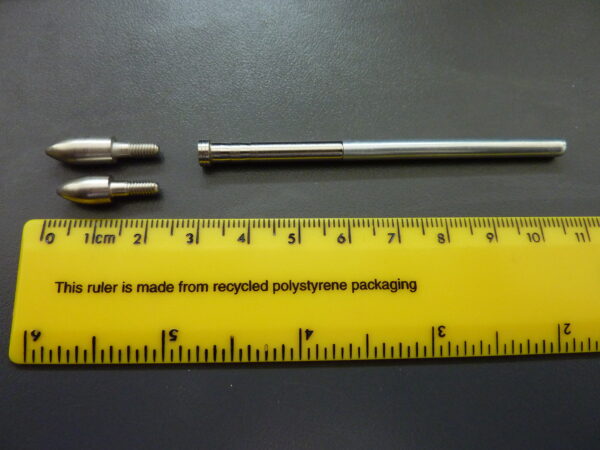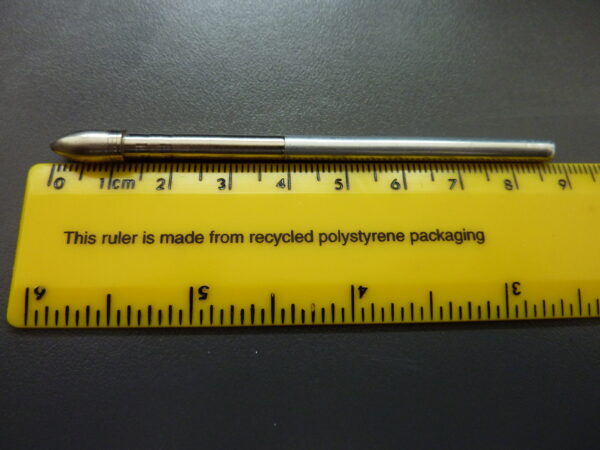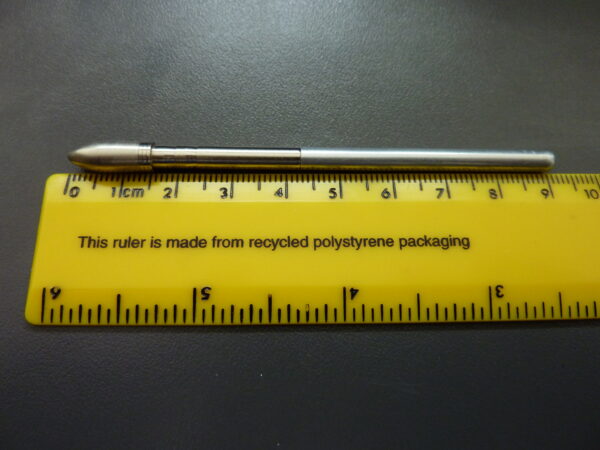I bought my ACE arrows 2nd hand and it took me ages to work out they had screw-in points. It only realised it when one of the arrows rattled and I found out it was because the screw-in point had come loose. It worried me at first as all my other arrows had nibb and bullett points.
But why was I worried? I now think screw-in points are a lot nicer than fixed points. The main reason of course is that you can easily change points. This can be really useful when playing about with point weights. I just unscrew the current ones and screw in the new ones. If I had the larger break-off points I can’t test points weights as once I have broken off the weights I can’t put them back on again!
The only downside to having screw-in points is that they can come loose quite a lot – you’ll know when your arrows rattle!
Some people advise using some hot melt and then screwing in the point and then heating up the point again to unscrew them. This is fine if you are set on your point weight and don’t plan on taking them out whilst on the shooting range. If you want a more intermediate solution then just put some string wax on the threads of the point and screw them in. The points should now stay put a lot longer.
The images below show the ACE insert (59 grains) and 2 points weights for my ACE arrows. The shorter point weight is 31 grains and longer one is 41 grains.
I started off with the 59+31 = 90 grains but have since decided to go for the heavier 41 grain points which makes 100 grains in total.
When trying both out I expected the sight marks to differ greatly increasing the point weights by 10 grains, but I did not really see any change at all. The heavier points seemed to find their way to the target easier and seemed to go exactly where you aimed them when shooting 60 yards with a moderate breeze.
Do note though that the heavier points are longer so you will need to make sure you move your clicker forward.
Easton ACE insert and 31 and 41 grain points
Easton ACE insert and 31 grain points
Easton ACE insert and 41 grain points



